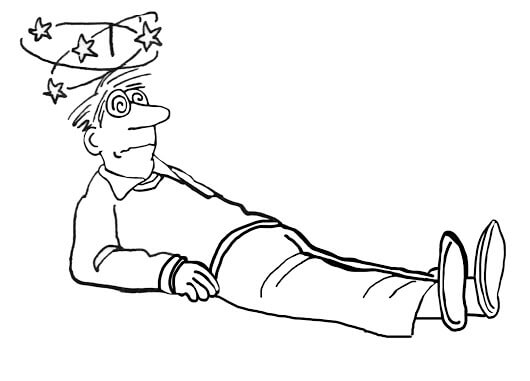HISTORY Mnemonic: 4D-3E-2Fg-2H 1. Define “Dizziness”: Room is spinning/rocking/somersaulting – Vertigo Feel like “going to faint” – Near-syncope “Going to fall” or “Unsteady on feet” – Disequilibrium Feel like they’ve or are “left their body” or “floating/swimming” – Psychophysiologic dizziness 2. Duration of each episode: Seconds: BPPV Minutes: TIA or…
Category: PGMEE, MRCS, USMLE, MBBS, MD/MS
Medical knowledge in bullet points with understandable language, simplified images and graspable mnemonics.
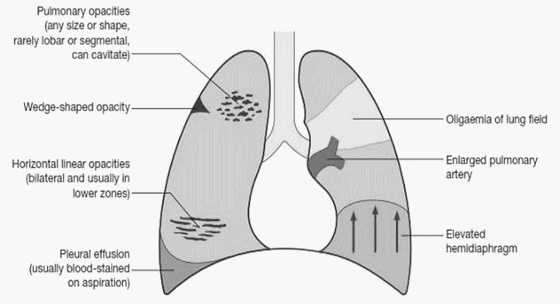
Pulmonary Embolism : Chest X-ray Signs
1. Classic presentation is normal X-ray in patient with dyspnea and hypoxia 2. Atelectasis or parenchymal abnormality (68%) 3. Elevated hemidiaphragm 4. Pleural effusion (Felson’s sign – pleural effusion on left > right) 5. Hampton’s hump: peripheral pleural based wedge-shaped density above the diaphragm due to pulmonary infarct 6. Westermark’s…
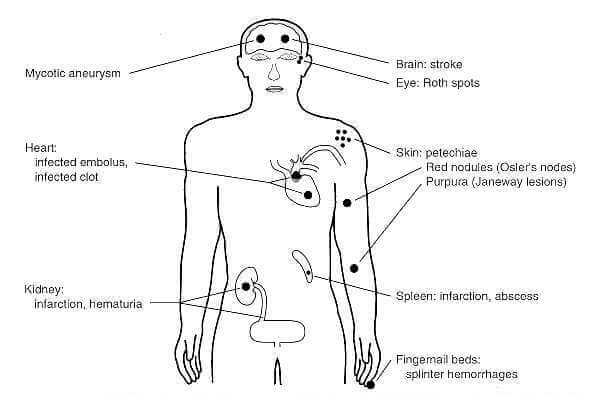
Modified Duke’s Criteria for Infective Endocarditis : Mnemonic
Bacterial Endocarditis FIVE PM, i.e. BE FIVE PM Blood culture positive for IE Endocardial involvement Fever Immunologic phenomena Vascular phenomena Echocardioraphy minor criteria (eliminated) Predisposition Microbiologic evidence Definite Diagnosis from Clinical Criteria: 2 (major) + 0 (minor) or 1 (major) + 3 (minor) or 0 (major) + 5 (minor) Look:…

Heart Sounds – Clinically Explained
Auscultation (to listen), a clinical procedure done on a daily basis as an aid in diagnosing many disorders, dates back centuries since the Egyptians. It was then an unaided auscultation (i.e. directly applying the ear to the body). In 1800’s Dr. Rene Laennec introduced the “Stethoscope” (Chest Scope), rolled paper…
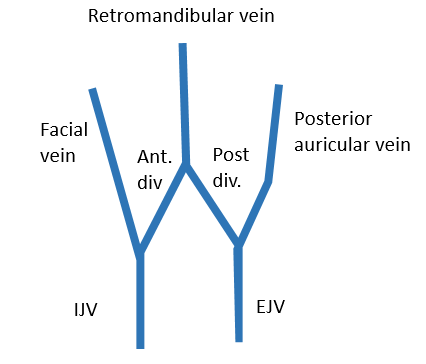
Venous drainage of Face : “W” shaped arrangement
When we look from lateral side, the veins on each side form a “W” shaped arrangement. Each corner of the “W” is prolonged upward into the scalp, and downward into the neck. Remember the 3 verticla stems of letter “W”: 1st stem (in face): Facial vein 2nd stem (behind mandible,…
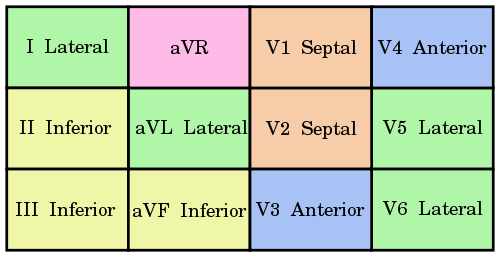
Acute STEMI Management – Mnemonic based approach
60 year old smoker patient came with epigastric pain and shortness of breath for 4 hours. The patient was tachypneic with SpO2 90%. Other vital signs were relatively stable. ECG was done, Troponin I was positive and CK-MB was 100 IU/l. What is there in ECG above? ST elevation and…
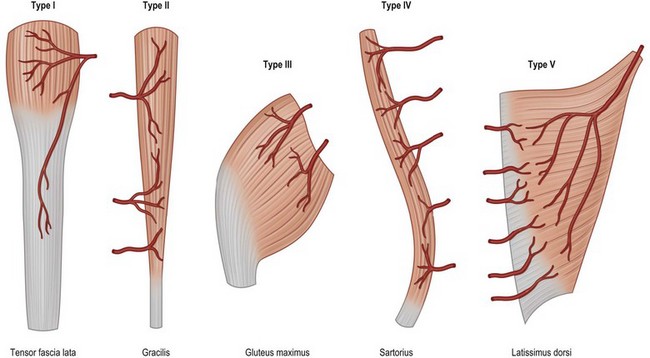
Mathes and Nahai Classification of Muscle Flap based on Vascular Anatomy
Type Dominant pedicle Minor pedicle Example I 1 – Tensor Fascia Lata (TFL) II 1 1 Gracilis III 2 – Gluteus maximus IV – Multiple Sartorius V 1 Multiple Lattisimus dorsi Mnemonic: Ten Graceful Glutes Sat on Latrines Type I: TFL Type II: Gracilis Type III: Gluteus maximus Type IV:…

Axillary Artery Mnemonics
Origin of Axillary Artery: Continuation of Subclavian artery Extent of Axillary Artery: Outer border of 1st rib to Lower border of teres major (terminates as brachial artery) Relation to Axillary Vein: Lateral to Axillary Vein 3 Parts of Axillary Artery: In relation to Pectoralis Minor muscle 1st part: Proximal 2nd…
